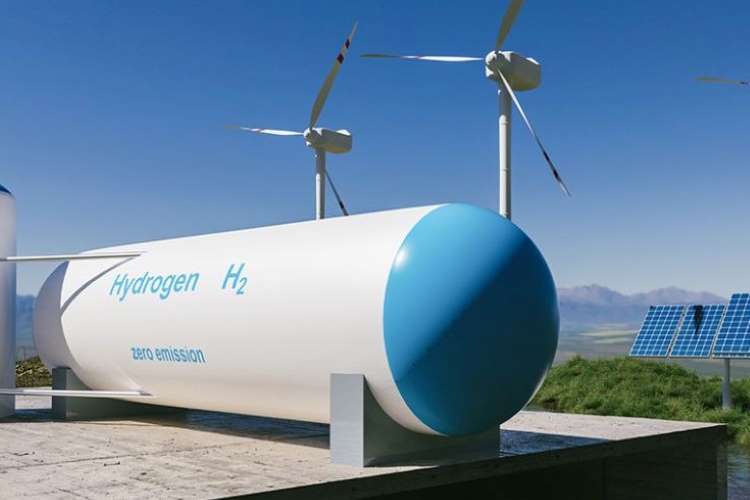
India became the fifth largest economy in the world last year and is projected to become the second largest by 2050. The Narendra Modi government is putting a lot of emphasis on sustainable development, and green hydrogen is a key component of its strategy. India is the third largest emitter of greenhouse gases after China and the US. The government has set ambitious goals for itself to achieve net zero before 2070, its committed deadline for achieving the goal.
If the ambitions turn into reality, India is on course to become a global green energy leader. Two of the largest Indian conglomerates — the Reliance Group and the Adani Group — are leading India’s efforts towards green energy transition. Other major companies in the sector are NTPC, JSW Energy, ReNew Power and Acme Solar. Public sector petroleum refiners such as IOC, HPCL, and BPCL are in the process of setting up green hydrogen projects that will produce 30.8 kilo tonnes of green fuel every year by 2030.
READ I Marine plastic pollution snowballing into major crisis
India is on a mission to become the global hub for hydrogen production, and has unveiled the National Green Hydrogen Mission. The government has constituted an empowered group chaired by the cabinet secretary to oversee the implementation of the mission across different sectors. It has also set up an advisory group under the Principal Scientific Adviser as well as the mission secretariat at the ministry of new and renewable energy.
The National Green Hydrogen Mission Document seeks strategic interventions for energy transition. The Union Budget has allocated Rs 17,490 crore for domestic production of green hydrogen and electrolysers. What is needed is more clarity on the eligibility criteria, processes, and proposed incentives. The document envisions hydrogen hubs close to refineries and fertilizer plants.
READ I India leads in digital public goods, but needs to bridge digital divide
Water scarcity may hit green hydrogen plans
Green hydrogen is produced by splitting water molecules using electrolysers through a process that does not lead to carbon emissions. To achieve India’s current requirement of 6 million tonne of green hydrogen, it will need close to 200 million tonne of water. Much more water will be needed if the country were to achieve 10 million tonne of green hydrogen as proposed by the government.
Most of India’s hydrogen consuming industries are situated in industrial states such as Gujarat, Maharashtra, Karnataka, and Tamil Nadu. Meeting such heavy water demand will be a tall order for these states that reel under water scarcity.
India’s large carbon footprint is the result of its heavy dependence on fossil fuels to meet its energy needs. This makes it imperative on the government and the industry to invest heavily in renewable energy. The country’s renewable energy capacity grew nearly four times since 2014. Currently, more than 40% of the energy needs are met by renewables.
Green hydrogen is an important part of India’s green energy drive as it is one of the best ways to store and transport its renewable energy output. Budget 2023 has allocated Rs 9,874 crore for green energy projects that include solar, wind, and hydrogen. The country has set an ambitious target of raising its green energy capacity to 500 GW by 2030 as promised by Prime Minister Modi at COP26 in Glasgow in November 2021.
The National Green Hydrogen Mission looks to make India a global leader in the production and export of hydrogen. The country has plans to produce 5 million tonnes of green hydrogen every year by 2030. Close to 90% of the government’s allocation of US$2.4 billion towards hydrogen production and electrolyser manufacturing.
Green hydrogen is currently seen as the most viable alternative to fossil fuels because of its ability to produce high temperatures to meet the needs of the industry at scale. Another factor in its favour is that it can be transported without huge energy losses. It has the ability to decarbonise highly polluting industries such as cement and steel, as well as mass transport systems.
What is holding back a hydrogen revolution are the high costs and technological issues associated with its mass production. Despite fast-paced technical developments, electrolysers are still not very efficient. India’s ability to produce low-cost solar and wind energy, India holds the potential to become a world leader in green hydrogen.
A World Economic Forum report released in 2021 has projected a Green New Deal which can create 50 million new jobs in India. The report says this involves a $1 trillion economic opportunity for the Indian economy by 2030. The report sees a $15 trillion economic opportunity for the country by 2070. India needs advances in technology and heavy capital investments to meet this potential along with a supportive regulatory mechanism.

